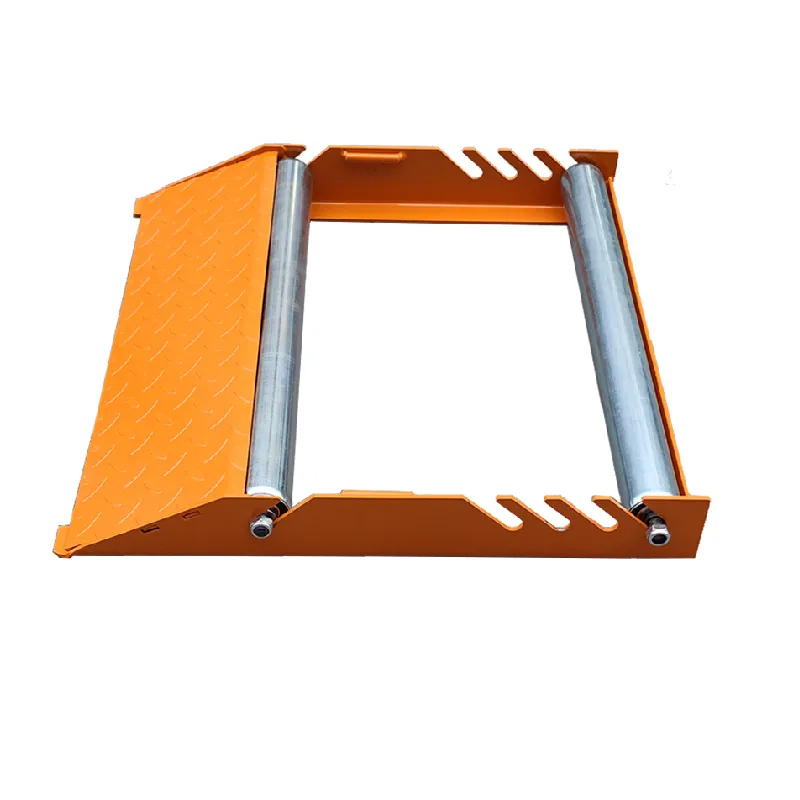
-
 Afrikaans
Afrikaans -
 Albanian
Albanian -
 Amharic
Amharic -
 Arabic
Arabic -
 Armenian
Armenian -
 Azerbaijani
Azerbaijani -
 Basque
Basque -
 Belarusian
Belarusian -
 Bengali
Bengali -
 Bosnian
Bosnian -
 Bulgarian
Bulgarian -
 Catalan
Catalan -
 Cebuano
Cebuano -
 Corsican
Corsican -
 Croatian
Croatian -
 Czech
Czech -
 Danish
Danish -
 Dutch
Dutch -
 English
English -
 Esperanto
Esperanto -
 Estonian
Estonian -
 Finnish
Finnish -
 French
French -
 Frisian
Frisian -
 Galician
Galician -
 Georgian
Georgian -
 German
German -
 Greek
Greek -
 Gujarati
Gujarati -
 Haitian Creole
Haitian Creole -
 hausa
hausa -
 hawaiian
hawaiian -
 Hebrew
Hebrew -
 Hindi
Hindi -
 Miao
Miao -
 Hungarian
Hungarian -
 Icelandic
Icelandic -
 igbo
igbo -
 Indonesian
Indonesian -
 irish
irish -
 Italian
Italian -
 Japanese
Japanese -
 Javanese
Javanese -
 Kannada
Kannada -
 kazakh
kazakh -
 Khmer
Khmer -
 Rwandese
Rwandese -
 Korean
Korean -
 Kurdish
Kurdish -
 Kyrgyz
Kyrgyz -
 Lao
Lao -
 Latin
Latin -
 Latvian
Latvian -
 Lithuanian
Lithuanian -
 Luxembourgish
Luxembourgish -
 Macedonian
Macedonian -
 Malgashi
Malgashi -
 Malay
Malay -
 Malayalam
Malayalam -
 Maltese
Maltese -
 Maori
Maori -
 Marathi
Marathi -
 Mongolian
Mongolian -
 Myanmar
Myanmar -
 Nepali
Nepali -
 Norwegian
Norwegian -
 Norwegian
Norwegian -
 Occitan
Occitan -
 Pashto
Pashto -
 Persian
Persian -
 Polish
Polish -
 Portuguese
Portuguese -
 Punjabi
Punjabi -
 Romanian
Romanian -
 Russian
Russian -
 Samoan
Samoan -
 Scottish Gaelic
Scottish Gaelic -
 Serbian
Serbian -
 Sesotho
Sesotho -
 Shona
Shona -
 Sindhi
Sindhi -
 Sinhala
Sinhala -
 Slovak
Slovak -
 Slovenian
Slovenian -
 Somali
Somali -
 Spanish
Spanish -
 Sundanese
Sundanese -
 Swahili
Swahili -
 Swedish
Swedish -
 Tagalog
Tagalog -
 Tajik
Tajik -
 Tamil
Tamil -
 Tatar
Tatar -
 Telugu
Telugu -
 Thai
Thai -
 Turkish
Turkish -
 Turkmen
Turkmen -
 Ukrainian
Ukrainian -
 Urdu
Urdu -
 Uighur
Uighur -
 Uzbek
Uzbek -
 Vietnamese
Vietnamese -
 Welsh
Welsh -
 Bantu
Bantu -
 Yiddish
Yiddish -
 Yoruba
Yoruba -
 Zulu
Zulu


ستمبر . 04, 2024 19:27 Back to list
electrical ground rod
Understanding Electrical Ground Rods Importance and Installation
Electrical ground rods play a crucial role in ensuring the safety and efficacy of electrical systems. Essentially, a ground rod is a metal rod—often copper or galvanized steel—that is driven into the ground to provide a direct path for electrical currents to dissipate into the earth. This article explores the significance of ground rods, their installation process, and why every electrical system needs one.
Importance of Electrical Ground Rods
Ground rods serve as a critical safety mechanism for electrical systems. They protect both equipment and personnel from electrical surges, such as those caused by lightning strikes or power fluctuations. When excess electricity flows through a system, rather than allowing it to build up, the ground rod safely directs this current into the earth, significantly reducing the risk of electrical shock and equipment damage.
Additionally, grounding helps stabilize electrical systems by reducing the likelihood of voltage fluctuations. This stability is particularly crucial for sensitive electronic devices, which can suffer malfunction or damage from even minor surges. Moreover, a well-grounded electrical system enhances overall performance by ensuring that all electrical circuits operate optimally.
Installation of Electrical Ground Rods
Installing a ground rod is generally straightforward, but it requires compliance with local electrical codes and regulations. The following are the basic steps involved in the installation process
electrical ground rod

1. Selecting the Right Ground Rod A standard ground rod is typically made of copper or galvanized steel and should be at least eight feet long. For certain installations, longer rods may be necessary, depending on soil conditions and moisture levels.
2. Choosing the Installation Site The ground rod should be placed in an area that is easily accessible and free from obstacles, such as trees or buildings. It is important that the site is not only safe for installation but also effective for grounding.
3. Driving the Rod into the Ground Using a hammer or a ground rod driver, carefully drive the rod into the ground until it is fully immersed. The top of the rod should be at or below ground level to prevent tripping hazards.
4. Connecting the Rod to the Electrical System Once the rod is installed, connect it to the electrical panel or service ground using copper wire. Make sure to secure the connections tightly to ensure efficacy.
5. Testing the Grounding System Finally, it is essential to test the grounding system using a multimeter to ensure that it operates properly. An effective ground connection will show low resistance to the earth.
Conclusion
In summary, electrical ground rods are vital for maintaining the safety and functionality of electrical systems. Their role in dissipating electrical surges and stabilizing voltage levels cannot be overstated. Proper installation and regular maintenance are key to ensuring that these ground rods continue to perform effectively, protecting both people and equipment from electrical hazards. Investing time and resources into a reliable grounding system is a proactive commitment to safety in any electrical installation.
Latest news
What Are Construction Tools and How Are They Used?
NewsJul.11,2025
Professional-Grade Duct Rodding Tools for Superior Cable Installation
NewsJul.11,2025
Enhancing Safety and Efficiency with Modern Hot Stick Solutions
NewsJul.11,2025
Empowering Cable Installation with Advanced Rodder Solutions
NewsJul.11,2025
Elevate Your Cable Installation Projects with Cable Pulling Tools
NewsJul.11,2025
Efficient Cable Handling Solutions: Cable Rollers for Sale
NewsJul.11,2025











